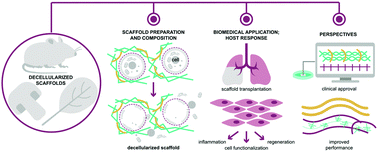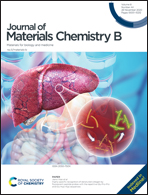Bioreactivity of decellularized animal, plant, and fungal scaffolds: perspectives for medical applications
Abstract
Numerous biomedical applications imply supportive materials to improve protective, antibacterial, and regenerative abilities upon surgical interventions, oncotherapy, regenerative medicine, and others. With the increasing variability of the possible sources, the materials of natural origin are among the safest and most accessible biomedical tools. Animal, plant, and fungal tissues can further undergo decellularization to improve their biocompatibility. Decellularized scaffolds lack the most reactive cellular material, nuclear and cytoplasmic components, that predominantly trigger immune responses. At the same time, the outstanding initial three-dimensional microarchitecture, biomechanical properties, and general composition of the scaffolds are preserved. These unique features make the scaffolds perfect ready-to-use platforms for various biomedical applications, implying cell growth and functionalization. Decellularized materials can be repopulated with various cells upon request, including epithelial, endothelial, muscle and neuronal cells, and applied for structural and functional biorepair within diverse biological sites, including the skin and musculoskeletal, cardiovascular, and central nervous systems. However, the molecular and cellular mechanisms behind scaffold and host tissue interactions remain not fully understood, which significantly restricts their integration into clinical practice. In this review, we address the essential aspects of decellularization, scaffold preparation techniques, and its biochemical composition and properties, which determine the biocompatibility and immunogenicity of the materials. With the integrated evaluation of the scaffold profile in living systems, decellularized animal, plant, and fungal scaffolds have the potential to become essential instruments for safe and controllable biomedical applications.



 Please wait while we load your content...
Please wait while we load your content...